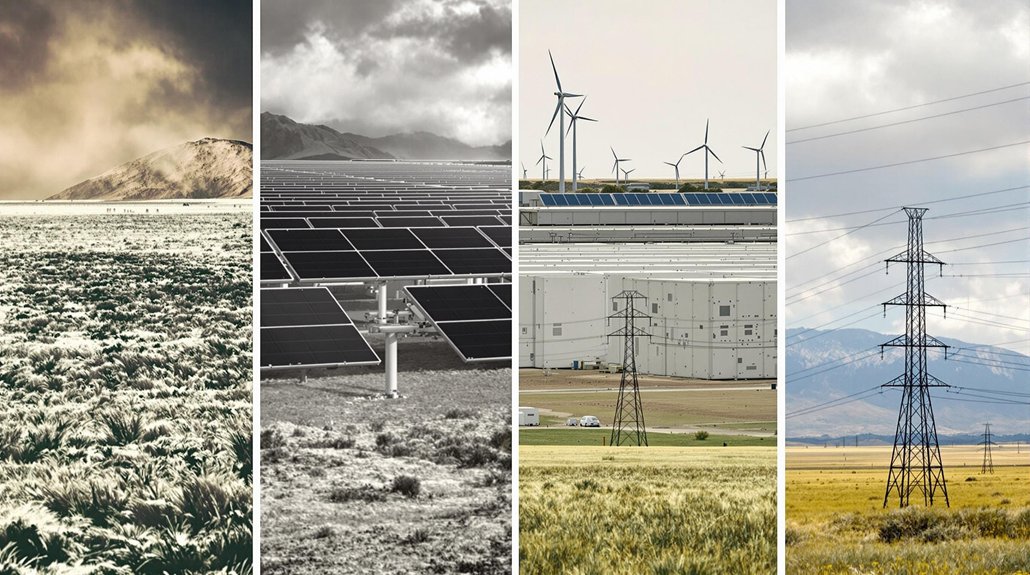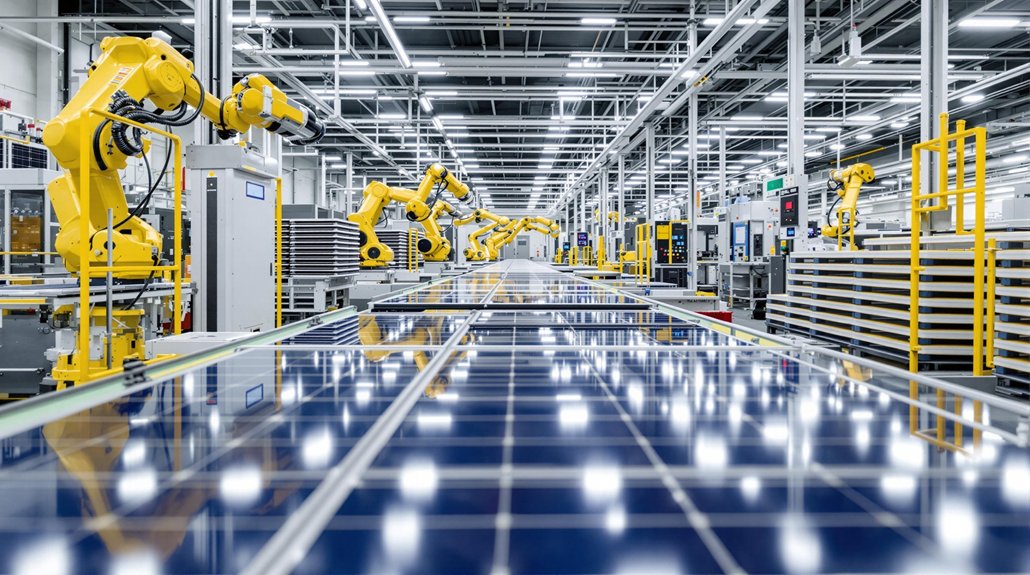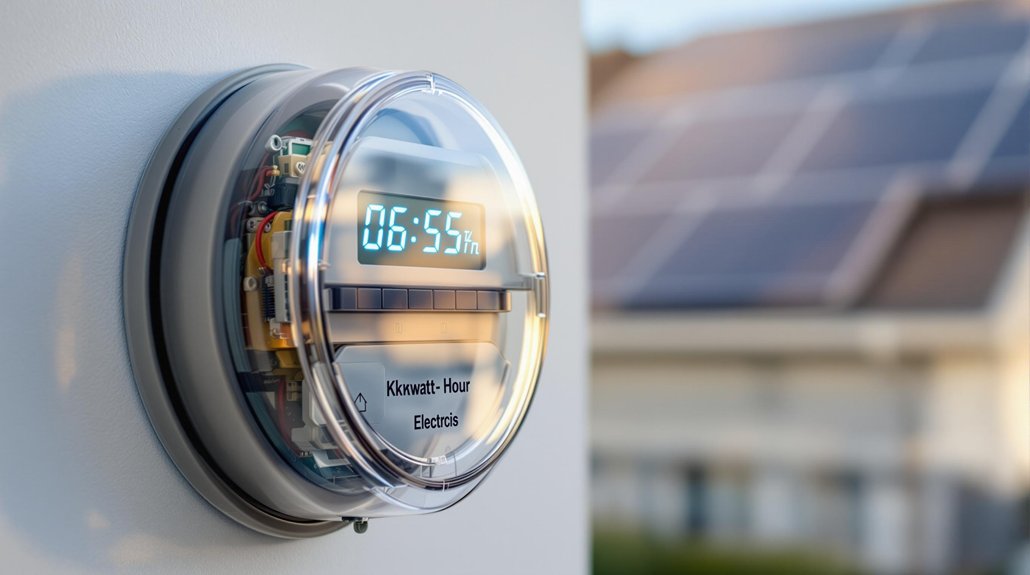Hydropower isn’t going anywhere – it’s just getting smarter. The old-school energy giant faces some serious growing pains with aging dams and climate challenges, but AI and fish-friendly turbines are breathing new life into the industry. A whopping $3.7 trillion investment opportunity awaits, with 590 GW of new projects in the pipeline. Sure, it’s the tortoise of renewable energy, but this slow and steady powerhouse holds the keys to our energy future.

While hydropower has long reigned as the king of renewable energy, its future hangs in a delicate balance. With 1,412 GW of installed capacity and providing over 15% of the world’s electricity, it’s still the heavyweight champion of renewables. But let’s be real – this aging monarch needs some serious upgrades to keep its crown.
The tech world isn’t sleeping on hydropower’s potential. AI and machine learning are revolutionizing operations, boosting efficiency by up to 42 TWh. New fish-friendly turbines are finally giving our aquatic friends a fighting chance. And those fancy variable speed turbines? They’re making hydropower more flexible than a yoga instructor during grid fluctuations. Companies like Hydrogrid are implementing real-time simulation platforms to optimize plant operations through machine learning algorithms. The addition of advanced coatings on turbine components has led to significant life-cycle cost reductions.
Hydropower’s old-school muscle meets modern tech smarts, proving that even a century-old industry can master the digital age dance.
Money talks, and hydropower’s got some expensive taste. We’re looking at a $3.7 trillion price tag to double capacity by 2050. That’s a lot of zeros. But with operational lifespans of 50-100 years, it’s basically the tortoise of the energy race – slow and steady, but incredibly reliable. The industry’s energy storage capabilities make it uniquely positioned among renewable sources.
Climate change is throwing a wrench in the works. Water availability is becoming as unpredictable as a cat’s mood. Meanwhile, environmental concerns about river ecosystems and reservoir emissions keep piling up. But here’s the kicker – we need an additional 26 GW of annual growth to hit those net-zero targets. Talk about being stuck between a rock and a hard place.
The future isn’t all doom and gloom, though. There’s 590 GW of projects in the pipeline, and emerging markets in Africa and Southeast Asia are chomping at the bit. Smart grids, hybrid solar-hydro systems, and pumped storage facilities are changing the game.
Plus, there’s a shift toward smaller, less invasive projects that don’t require building massive dams that look like they belong in a “world’s largest concrete structures” coffee table book.
The bottom line? Hydropower isn’t going anywhere. It’s evolving, adapting, and finding new ways to stay relevant in a rapidly changing energy landscape. Sometimes the old dog really does learn new tricks.








